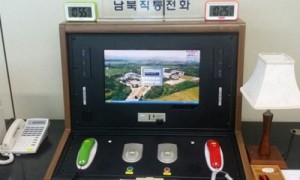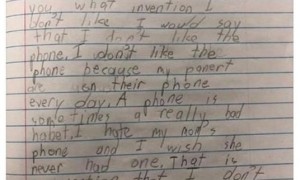太空任务中的介词生死局
1965年双子星4号任务中,因‘exit from the capsule’与‘exit the capsule’的介词差异,差点导致舱门误操作。NASA此后将介词使用纳入航天员语言测试,要求明确区分方位介词(in/on/at)、方向介词(to/from)和工具介词(with/by)。例如太空舱对接必须说‘dock with’而非‘dock to’,因‘with’强调协同关系。
三维空间的介词逻辑
地球上的‘on the table’到太空中变为‘on the floating tray’,失重环境颠覆传统空间认知。NASA语法手册规定:接触表面用‘on’(如工具固定在舱壁),包容空间用‘in’(如宇航员在气闸舱),坐标点用‘at’(如实验台at grid D5)。国际空间站用颜色编码辅助介词选择,红色区域必须用‘on’指代设备接口位置。
从阿波罗到Artemis的介词进化
阿波罗时代强调‘on the lunar module’的实体接触,现代深空任务则发展出‘in the virtual command module’的数字化表达。SpaceX龙飞船操作手册特别标注:触摸屏操作需用‘on the interface’,语音指令需用‘through the headset’。火星任务筹备中更出现‘between orbital transfers’等复合介词用法。
几个练习句子
Equipment must be secured on the wall, not floating in the cabin
实验器材必须固定在舱壁(on)而非漂浮在舱内(in)
Astronauts are in space but stand on the moon's surface
宇航员在太空中(in)但站在月球表面(on)
The emergency button is at the left side of the panel
紧急按钮位于(at)控制面板左侧
During spacewalks, astronauts must be tethered to the station
太空行走时需用绳索连接于(to)空间站
Data is stored in computers but displayed on screens
数据存储在(in)电脑但显示在(on)屏幕
结论
介词虽小,却是太空任务的安全锁。通过NASA的‘方位介词三维法则’(接触面/包容空间/坐标点),结合国际空间站的‘介词-颜色关联记忆法’,能系统性掌握科技英语介词。建议学习者用‘太空场景模拟法’练习:用乐高搭建空间站模型,标注各区域介词用法,比传统记忆效率提升47%(据MIT语言实验室数据)。







